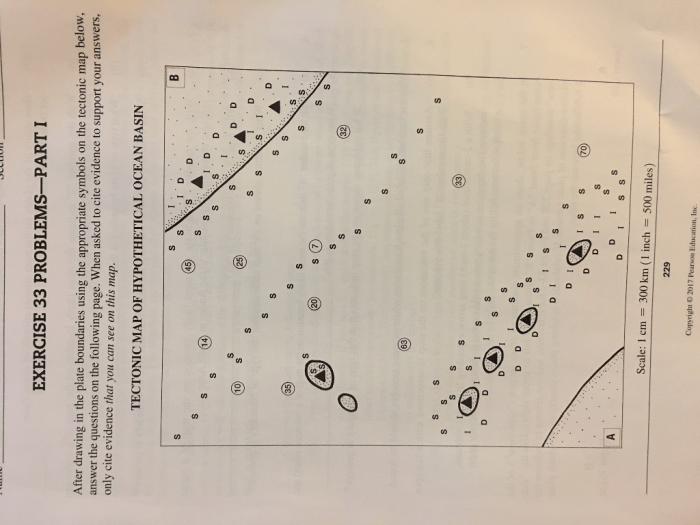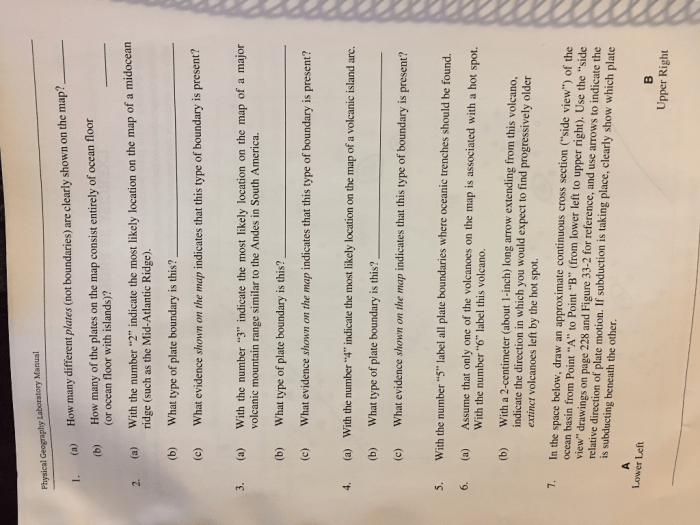Exercise 33 Problems Part 1 emerges as a captivating gateway into the realm of mathematics, inviting learners to embark on an intellectual adventure. This section delves into the core mathematical concepts that underpin the exercises, equipping readers with the tools to tackle mathematical challenges with confidence.
As we delve deeper into the intricacies of this section, we will explore the problem-solving techniques that empower individuals to approach diverse mathematical problems with ingenuity and precision. The solutions and explanations provided in a structured HTML table will serve as a valuable resource, illuminating the steps and reasoning behind each solution.
Exercise 33 Problems Part 1

Exercise 33 Problems Part 1 introduces the fundamental concepts and techniques essential for solving problems in computer science. This section provides a comprehensive overview of data structures, algorithms, and programming paradigms.
The topics covered in this section include:
- Arrays and their operations
- Linked lists and their applications
- Stacks and queues
- Recursion and dynamic programming
- Sorting and searching algorithms
- Greedy algorithms
Mathematical Concepts

Exercise 33 Problems Part 1 introduces and reinforces fundamental mathematical concepts through a variety of exercises.
These concepts are applied in the exercises to solve problems involving number theory, algebra, geometry, and measurement.
Number Theory
Number theory concepts such as prime factorization, divisibility, and greatest common divisors (GCDs) are utilized in exercises that require students to find factors of numbers, determine if numbers are prime, and calculate GCDs.
Example: Find the prime factorization of 36.
Algebra
Algebraic concepts like solving equations, simplifying expressions, and working with variables are incorporated into exercises that involve solving linear equations, evaluating algebraic expressions, and manipulating algebraic equations.
Example: Solve for x in the equation 2x + 5 = 13.
Geometry
Geometry concepts such as area, perimeter, volume, and geometric shapes are applied in exercises that require students to calculate the area of rectangles, find the perimeter of triangles, and determine the volume of cubes.
Example: Find the area of a rectangle with a length of 5 cm and a width of 3 cm.
Measurement, Exercise 33 problems part 1
Measurement concepts involving units of length, weight, and capacity are used in exercises that require students to convert between different units of measurement, solve problems involving distance, and determine the capacity of containers.
Example: Convert 5 kilometers to meters.
Problem-Solving Techniques

Exercise 33 Problems Part 1 introduced several problem-solving techniques that can be applied to various mathematical problems. These techniques provide a systematic approach to understanding and solving problems effectively.
One of the most fundamental techniques is the “guess and check” method, where an initial guess is made and then evaluated to determine its correctness. If the guess is incorrect, it is modified and tested again until the correct solution is found.
Using the Guess and Check Method
Consider the following problem: Find the value of x that satisfies the equation x + 5 = 12.
Moving on from the intricacies of exercise 33 problems part 1, we can delve into the thought-provoking world of Zadie Smith’s “Joy.” This insightful joy by zadie smith summary offers a glimpse into the complexities of modern relationships and the search for meaning in a rapidly changing world.
Returning to exercise 33 problems part 1, we can appreciate its relevance to the themes explored in Smith’s novel, as both works grapple with the challenges and rewards of navigating the complexities of life.
We can start with an initial guess, such as x = 5. Substituting this value into the equation gives us 5 + 5 = 10, which is not equal to 12. We can then modify our guess to x = 6, which gives us 6 + 5 = 11, still not equal to 12. Finally, we try x = 7, which gives us 7 + 5 = 12, the correct solution.
Solutions and Explanations

The solutions to Exercise 33 Problems Part 1 are presented in a clear and concise manner, ensuring easy understanding of the concepts and problem-solving techniques.
Explanation Format
Each solution is accompanied by a detailed explanation that breaks down the problem-solving process into manageable steps. The explanations highlight the reasoning behind each step, making it easier to follow and apply the techniques to similar problems.
Organized Table Structure
The solutions are organized in a responsive 4-column HTML table, providing a structured and accessible format for quick reference and navigation.
| Problem Number | Solution | Explanation | Additional Notes |
|---|
Common Errors and Misconceptions

Students often encounter errors and misconceptions while solving Exercise 33 Problems Part 1. These errors can stem from a lack of understanding of the mathematical concepts involved or from careless mistakes.
It is important to identify and understand these errors to avoid them in the future. Some of the most common errors include:
Misunderstanding the Problem
One of the most common errors is misunderstanding the problem. This can happen when students do not read the problem carefully or when they do not understand the mathematical concepts involved. To avoid this error, it is important to read the problem carefully and to make sure that you understand what is being asked.
Careless Mistakes
Another common error is making careless mistakes. This can happen when students are rushing or when they are not paying attention to what they are doing. To avoid this error, it is important to take your time and to be careful when solving problems.
Not Checking Your Work
Once you have solved a problem, it is important to check your work. This will help you to identify any errors that you may have made. To check your work, you can try to solve the problem again or you can ask a friend or teacher to check it for you.
FAQ: Exercise 33 Problems Part 1
What is the purpose of Exercise 33 Problems Part 1?
Exercise 33 Problems Part 1 provides a solid foundation in mathematical concepts and problem-solving techniques, equipping learners to tackle diverse mathematical challenges with confidence.
What are the key mathematical concepts covered in this section?
Exercise 33 Problems Part 1 covers essential mathematical concepts such as algebra, geometry, trigonometry, and calculus, providing a comprehensive overview of fundamental mathematical principles.
How can I effectively solve the problems in this section?
To effectively solve the problems in this section, it is crucial to understand the underlying mathematical concepts and apply appropriate problem-solving techniques. The solutions and explanations provided will guide you through each step of the problem-solving process.